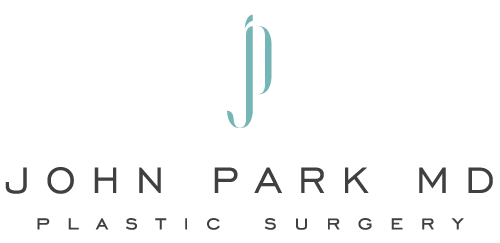
12 Dec Are Sagging Breasts Genetic? 3 Reasons To Consider Mastopexy
Concerned About Sagging Breasts?
The body goes through several natural changes with age. Most of these changes are subtle, but can drastically alter appearance over time. Sagging breasts, known as breast ptosis, is a concern for many women. Over time, the breasts can begin to droop, with the nipple eventually pointing downward. Severe sagging can affect confidence, and many women seek treatment through mastopexy.
Genetic or something else?
Breasts consist mainly of fat and tissue with no solid structure, like muscles, to keep each one upright. Over time, as skin loses elasticity, the weight of the breast is pulled down by gravity. Breast tissue can also change composition, reducing the size and shape of the breast. Ptosis is normal and expected as a woman ages. However, this condition can often cause severe sagging. Genetics plays a role in the type and degree of sagging. If a parent or relative has severe sagging, there is a higher chance of early ptosis and changes in nipple location. Other lifestyle factors, including pregnancy, weight loss, obesity, and smoking, can also cause sagging breasts,
Get a lift with mastopexy
Mastopexy is the most popular solution to treat sagging breasts. A mastopexy is a surgical procedure designed to lift, adjust, and tighten the skin of the breast. The procedure is done under general anesthesia. First, the surgeon will make incisions based on the degree of ptosis and desired results. Most incisions occur around the areola, with some leading down to the inframammary crease. The surgeon will then carefully adjust the breast fat and tissue while tightening the skin. The nipple is also repositioned to an upright location. After a short recovery, women should see a significant improvement in sagging. Here are 3 reasons women should consider mastopexy.
1. Addressing weight changes
Weight changes can impact the position of the breast. For instance, extensive weight loss can cause the breast to sag due to reduced fat and excess skin. Pregnancy can bring about fluctuations in breast size, and breastfeeding can lead to sagging. A breast lift can restore the natural curves the woman experienced before weight change.
2. Nipple positioning
Sagging breasts change the location of the nipple. The nipple begins to point downward and can slowly move below the natural fold of the breast. The size of the areolas can also stretch due to sagging. When women look in the mirror, this change can impact confidence. A breast lift can restore, raise, and center the nipple with minimal scarring.
3. Symmetry
All cases of ptosis are not equal. Some women experience sagging on one side more than the other. In some cases, one breast is more affected by fat or tissue loss, reducing firmness and affecting breast shape. Breast surgery can create more symmetry, improving overall appearance.
Let’s get lifted
Every woman will experience sagging breasts, particularly with advanced age. However, the type and degree of sagging can be linked to genetics. Factors like weight loss, pregnancy, and reduced skin elasticity can also lead to earlier or more pronounced sagging. A breast lift can address many of these concerns. In some cases, breast lifts are coupled with implants for the ultimate size, shape, and confidence upgrade.



